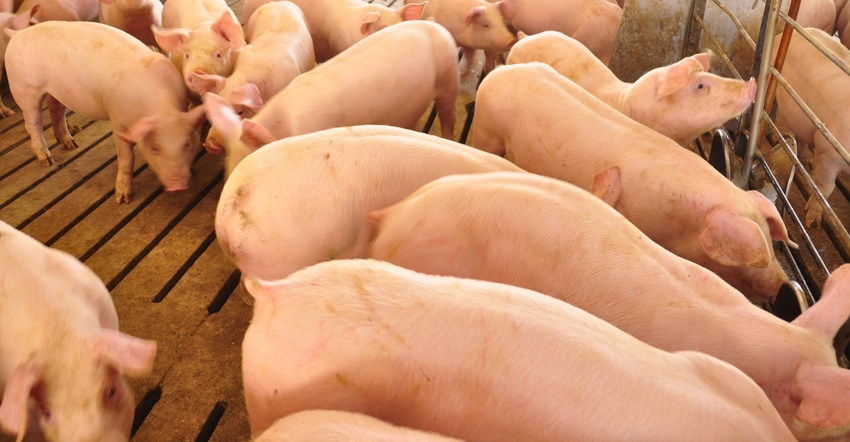April 17, 2019

U.S. pork muscle cut and variety meat exports in January show retaliatory tariffs continued to pressure U.S. pork exports to Mexico, with volume down 9% from a year earlier and export value off 28%. January was the latest month for which official data are available.
Exports to China and Hong Kong in January also felt the sting of China’s retaliatory tariffs, dropping 16% from a year ago in volume and 32% in value.
While Japan’s import tariffs on U.S. pork remain unchanged, countries in the Comprehensive and Progressive Agreement for Trans-Pacific Partnership received tariff relief at the end of 2018 and saw another rate decrease on April 1. This likely contributed to the January decline in U.S. pork exports to Japan, which were down 6% from a year ago in volume and 8% in value.
Lower tariff rates for European pork under the Japan-EU Economic Partnership Agreement were implemented Feb.1, so the agreement’s impact was not likely yet reflected in Japan’s January import data. But U.S. exports to Japan could further decline if the U.S. doesn’t quickly gain access on par with international competitors.
Reason for optimism exists
Concern about pork exports, which were down overall 1% by volume and 9% by value from a year ago in January, have been tapered. Weekly export data, from USDA’s Foreign Agricultural Service, appears to verify this optimism. The weekly data are preliminary and do not include all pork items sold, but they do provide a quick glimpse as to how exports are trending and provide a quick alert to the market of any big export sales packages.
Weekly sales of fresh, chilled or frozen muscle cuts of pork extending through the week ending March 28 are up 3% in total commitments (already exported plus unshipped outstanding sales for this year). On this more extensive data, China (plus Hong Kong) commitments for the year are up 104%; Mexico is down 9%; Canada is up 14%; Japan is down 26%; and South Korea is down 23%.
Impressive growth in many emerging and developing markets help buoy U.S. pork exports, as some of the major export destinations are down. Together this information helps support the idea of possibly stronger exports in 2019 and is being dialed into prices.
China demand, ASF critical
Much of the focus in the current market is on the potential demand from China and other markets later this year and in 2020. The spread of African swine fever risks creating a big hole in the global pork supply. If ASF does result in more Chinese imports, the U.S. is suited to fill this demand, as U.S. pork supplies are expected to rise, while supplies in other markets are steady or even lower.
However, the U.S. may not get a large share of that business — due to the current trade conflict and the retaliatory tariffs in place and other non-tariff barriers — but rather Canada and the EU will.
Under this scenario, the U.S. could get added exports to some destinations that Canada and the EU were shipping to. In a typical year, the majority of U.S. pork exports to China occur within the first seven months, with peak exports occurring April through June. Watching exports sales throughout the year will be a good barometer of the added demand from China.
Schulz is the ISU Extension livestock economist. Email [email protected].
About the Author(s)
You May Also Like






